How to Format a Lab Report
A laboratory report is a clear and consistent description that the student makes in the process of writing information. Most often, the lab report format is a kind of adventure for the student. How to write a lab report and not to miss anything, how to characterize all the stages properly – all these questions are often asked. This article will give you a brief description of lab reports that are commonly used in the educational process.
Before You Start Writing
Many students are familiar with laboratory report from school. However, school labs are very different from the university ones. In universities, labs are often conducted in laboratories – special rooms, where the student has everything he needs to conduct experiments.
Writing a lab report perfectly complements the curriculum. It is such kind of control work, which is aimed at practical skills. Working in the laboratory, the student can practically experience everything he was doing at lectures. Such works are very important. Laboratory work can make a student successful or it can become a cause of expulsion from the university.
What is your tutor expecting to see as for your lab result? In order to get the answer, it is necessary to think beyond the classroom. The student must clearly understand why he is writing these papers. All the information should be correctly gathered and presented. Here you will find the answers to all the questions and look at the best lab report templates.
Lab Report Format
Every time you conduct a scientific experiment, you should create a lab report describing the objectives of the study, the expected results, the sequence of actions and the obtained results with their explanation. Often, labs have a standard format — first they give an abstract and introduction, then a list of used materials and experimental methods, a description and discussion of the results, followed by the conclusion. This lab format allows the reader to find answers to basic questions:
- What was the purpose of the experiment?
- What results did the experimenter expect?
- How did the experiment go?
- What happened during the experiment?
- What do the results say?
This article describes the standard format of a laboratory report.
Title
Lab report title page is a short outline of the central concepts in the written document. It should contain over 10 words long. If you investigated a special species in your research, make sure you introduce it in the title. If the research was a field investigation done in a certain place, it should also be noticed. The title must contain enough details that anyone could understand just what the research was about. It allows the reader following what you did simpler than if you hold one huge methods section, one great data part, one big analysis component, etc.
Abstract
Start with an abstract. It is a very brief summary of the report content and usually contains over 200 words. The abstract will quickly help the reader to get acquainted with the results of the experiment and its value. The abstract should have the same structure as the report itself.
The abstract purpose is to provide the reader with a summary of the experiment by which he can judge whether the entire progress report is worth studying. The summary allows determining whether the study is interesting to him.
Introduction
Start with a brief review of related literature and experiments. Then summarize the theoretical background and the current state of affairs. Then point the problem and the questions that your research is devoted to. Briefly describe your work and what issues it is addressed. Finally, explain your experiment, but do not go into details. They will be reported in the description of the materials and methods used, as well as in the analysis of the results.
In the introduction, it is necessary to mention why the experiment was carried out, and why it is important. It is necessary to convey to the reader two key points: what question is the experiment intended ready to answer, and why it is important to find the answer to this question.
Materials and Methods
The goal is to tell the reader exactly how you performed your experiment. Describe all the materials and the specific methods that you used in your work. In this part of work, you should give clear and comprehensive information about the experimental procedure, so that others could repeat your experiment based on your material. This section is an extremely important documentary description of your analysis methods.
Describe all the materials that are necessary for the experiment. This can be a simple listing or a few text paragraphs. Describe the experimental equipment used in the work, its type and mark. It is often useful to give a scheme of a particular installation. Among other things, explain what you used as the materials or objects. Do not forget to specify the amount of all the objects used in the experiment.
Data
Statistical data collected from your research regularly is performed as a table. Data includes what you wrote when you carried the investigation. It's the facts only, not any explanation and statements of what they mean.
Results
Spend a paragraph section presenting the results. This is the main part of your written report. In this part, you should cover the results obtained by qualitative and quantitative analysis methods. If you provide graphics, charts and other figures, do not forget to describe them in the text. All the images must have their number and signature. If you conducted statistical studies, give their results.
Tell the reader why a particular result is exclusive and important to solve the problem. It will allow him to follow your presentation logic effortlessly. Compare the results with the original hypothesis. Write whether the experiment confirmed your hypothesis. Quantitative data are expressed in numerical form, for example, in the form of percentages or statistical data. Qualitative data are expressed as the author’s judgments.
Discussion or Conclusion
This section summarizes the experiment and describes what the results mean. Summarize the problem to which your research is dedicated to, and the studied questions. Then explain what points allowed you to find out your experiment. Finally, describe briefly the pitfalls and difficulties that you encountered during the work, and suggest directions for further research. Do not forget to link the conclusion with the introduction and indicate whether the goals have been achieved.
References
It is necessary to make a list of references. If you referred to any other people’s research and work, please make every link properly. The link can be inserted into the text – indicate in brackets the year and authors of the narration. At the end of your papers, place a full bibliographic list, in which indicate all the used sources. When compiling a list of sources, you can use special software.
Easy Tips for a Better Lab Report
- In order to get an A+, you must demonstrate that you understood how to write lab report and worked out it carefully. This may seem to be obvious, but it needs more attention than following the tutor manual only;
- If you reach an absurd result (too big/little), put a comment that you have thought about it, but not only copied an amount from your computer and went on;
- You must show your knowledge, and clear performance is a key. If the reader has to pass through lots of unimportant statements in order to reach the conclusion, you will give the impression that you do not know what the relevant and engaging elements are;
- Be assured that your statements and actions are logical. If you compose about some excellent approach to defeat uncertainty but didn’t do it, the reader will question why;
- If you doubt about the deadlines and do not sure that you will present the lab in time, prioritize. Leave at least 50 minutes to do the summary and write up the document;
- If there are many elements to analysis, it is best to compose a lab report outline;
- all the parts for one, then composing all the segments again for the other part. This gives the reader an opportunity to follow what you did easier than if you have one large methods part, one large data segment, one big analysis part, etc.
Lab Report Examples
Physics lab report introduction


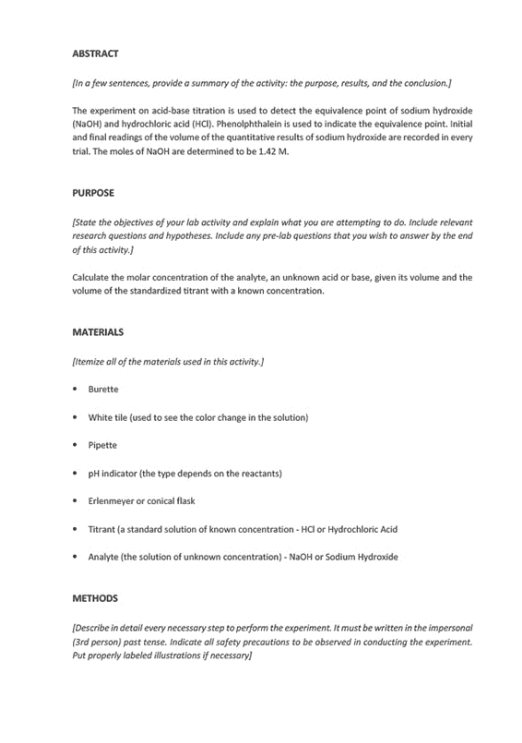
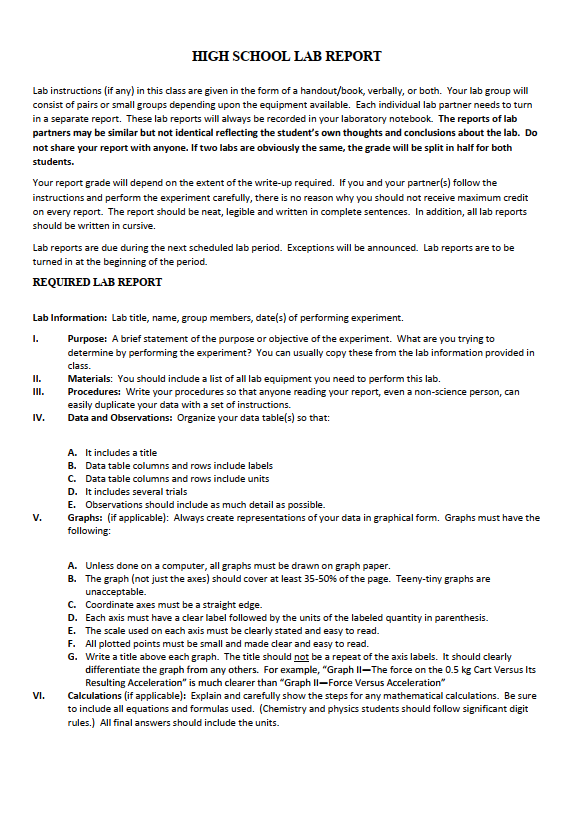
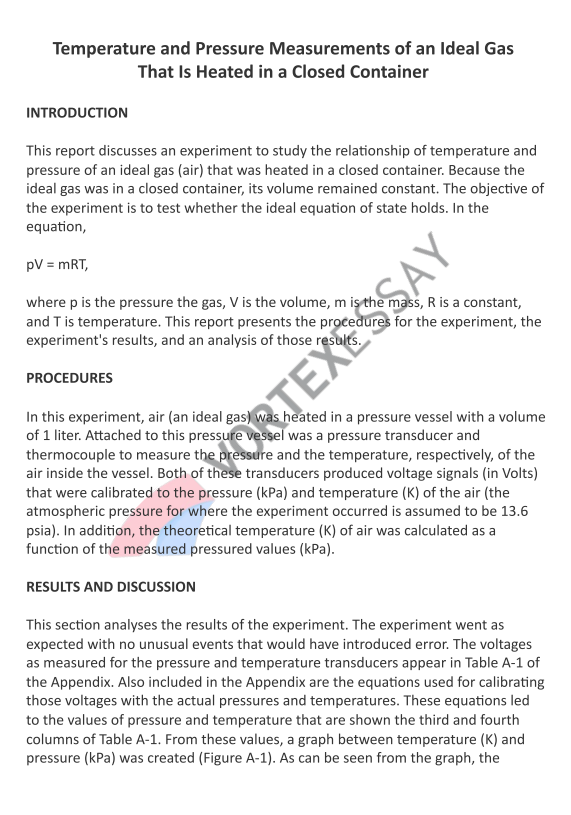
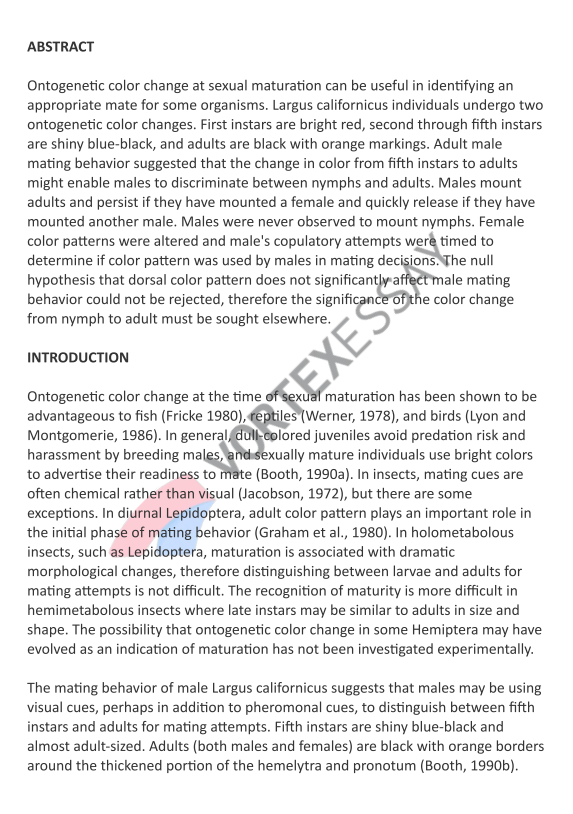
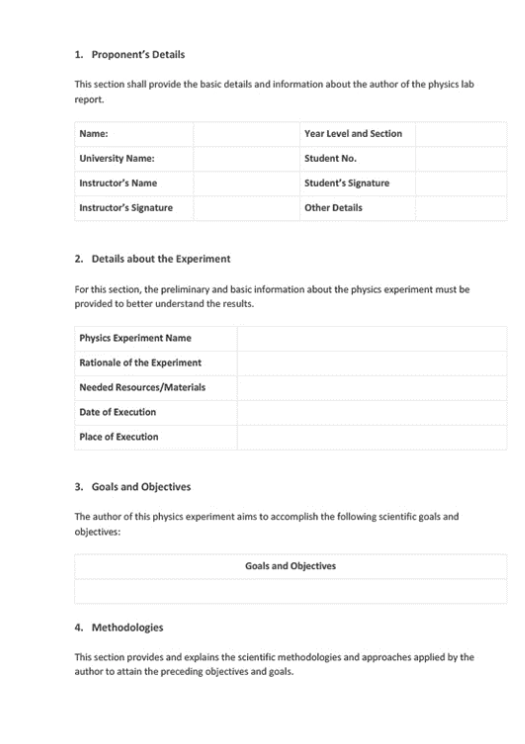
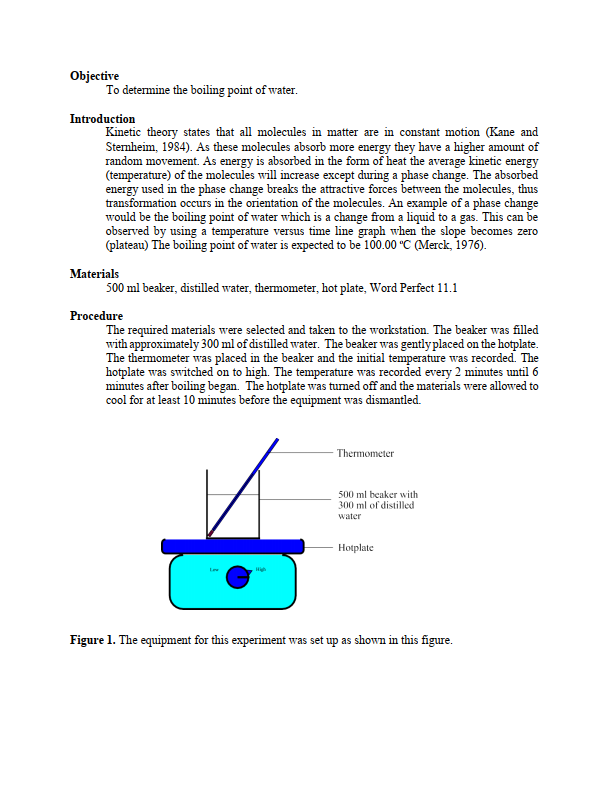



 one-time coupon
one-time coupon